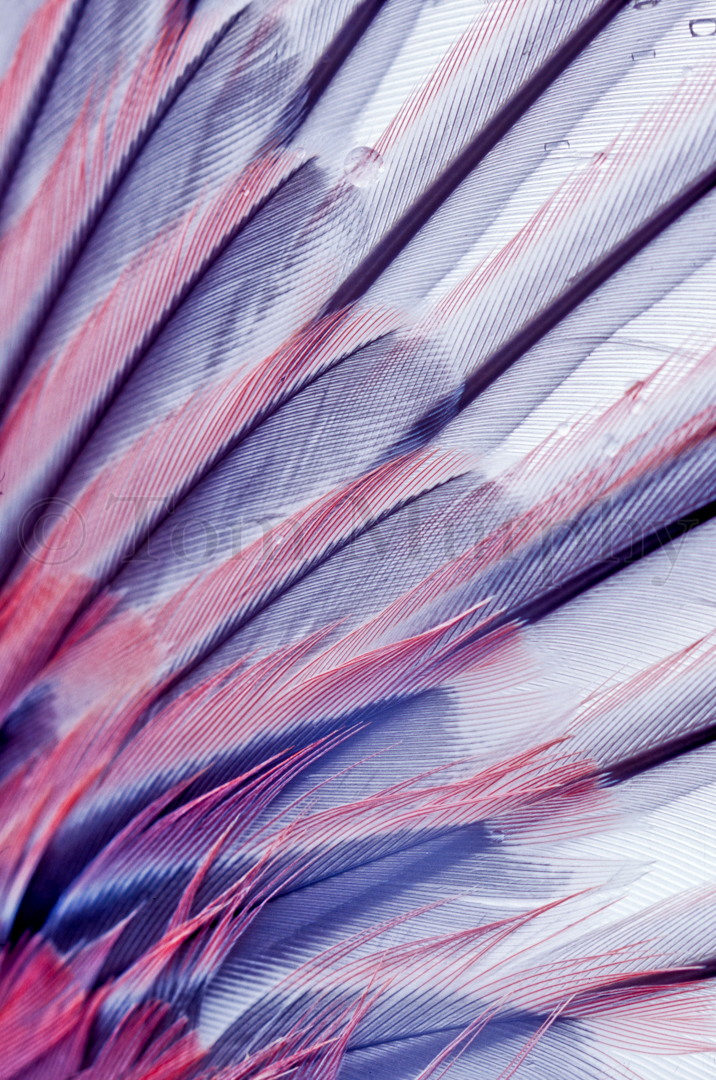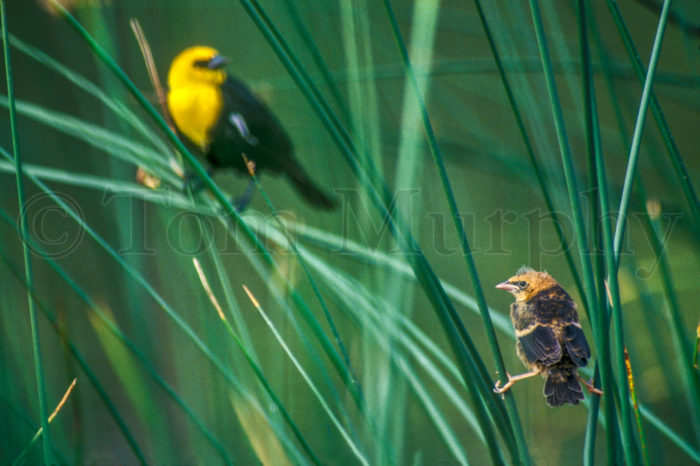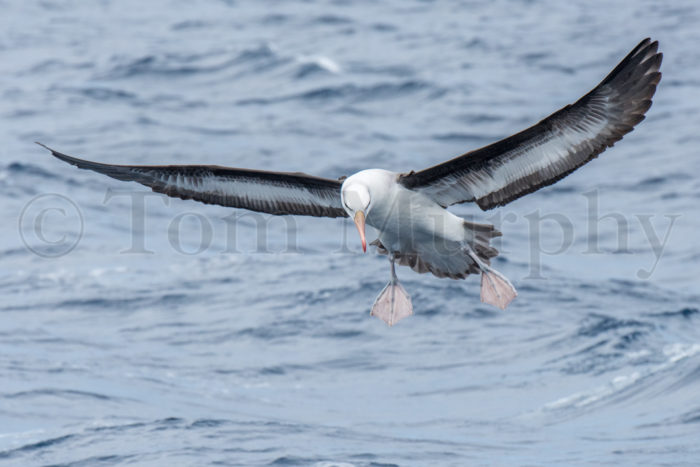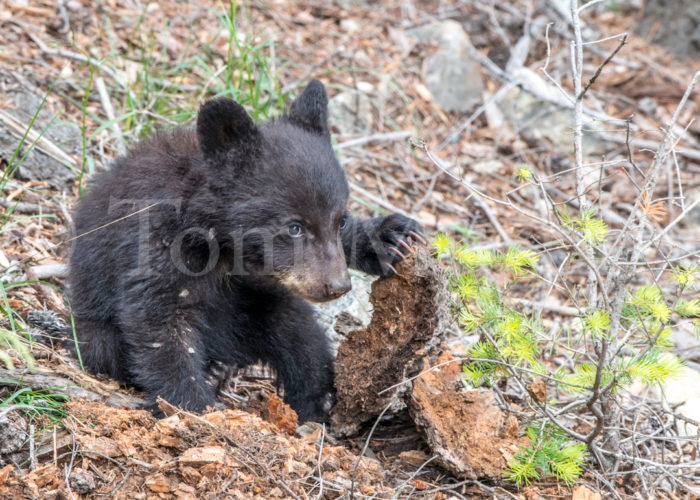Description
The primary wing feathers and coverts of this black-chinned sparrow have an unbelievable amount of fine detail, which is typical for all birds. The main stem of each feather is called a rachis and tapers from its base out to the fine tip. Extending out from the rachis are two rows of hundreds of smaller stems, on the opposite sides of the main stem, called barbs. These barbs have tiny fibers called barbules that interlock with their neighbors and extend out at a shallow angle toward the end of the wing. This profoundly complex arrangement not only provides aerodynamic lift so the bird can fly thousands of miles, it also provides protection from sub-freezing temperatures, summer heat, and all kinds of moisture. It carries the subtle and distinctive coloring patterns that help define the unique species and gender of the bird. The soft, faint pink on each barb lying against the overall blue gray of each feather produces a warm gray cast on the wings and contrasts with the dominant blue gray of its body. Even with this complex and elegant structure, it still ends up looking relatively plain..




